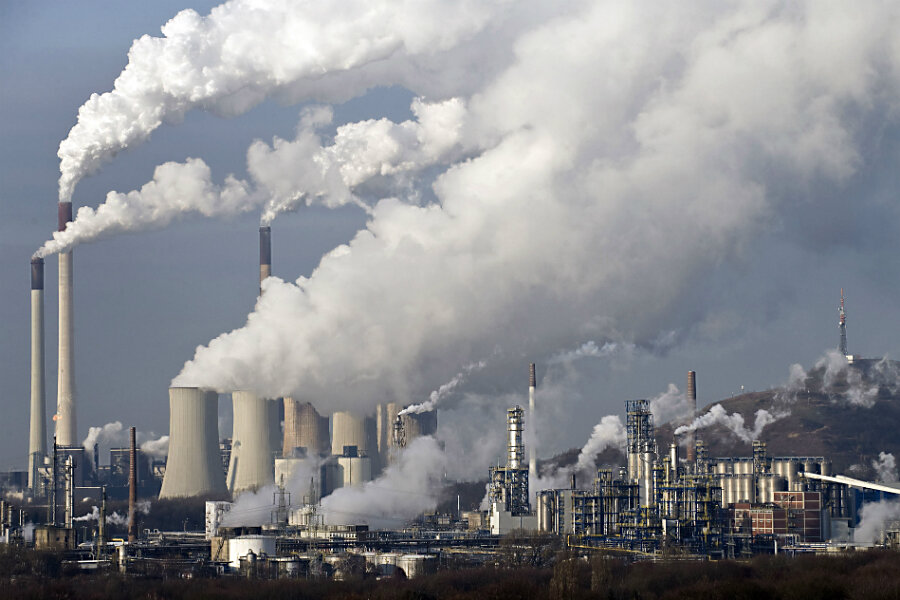Is King Coal a welfare queen?
Loading...
How much does one lump of coal's worth of energy cost? And who pays for it?
When trying to figure that out, you might think of how much it cost to mine the coal, transport it to the power station, burn it, and deliver the electricity to your home.
That would be a good start, but as a comment titled “King Coal and the queen of subsidies," written by Professor Ottmar Edenhofer of the Potsdam Institute for Climate Impact Research and published in the journal Science points out, some of coal's costs are invisible to the public.
Around the world, coal is heavily subsidized. Citing figures from the International Energy Agency, Dr. Edenhofer notes that, worldwide, pretax subsidies for coal in 2013 amounted to $550 billion. These subsidies, Edenhoffer argues, not only divert funds away from other services, but they also provide an incentive to burn more coal instead of switching to renewable energy sources.
Of course, further costs to the public accrue once the coal is burned and released into the atmosphere. A 2011 study led by Harvard's School of Public Health estimated that, if you take into account the whole lifecycle of coal's costs, the US public pays out "a third to over one-half of a trillion dollars annually" to keep the coal-fires burning, or about 17 cents per killowatt-hour worth of coal (a little over a pound of it).
These costs, the Harvard researchers estimate, effectively double or triple the per-kilowatt-hour cost of coal, making renewable energy such as wind and solar economically competitive.
Edenhofer's comment echoes the Harvard study's conclusion. “The social costs of fossil fuel subsidies may not be obvious to the public and might even be masked for finance ministers,” he writes. “The upside of this debate is that adopting a more rational approach to fossil fuel pricing would increase overall welfare, provide fiscal gains for governments, and allow for new strategies to finance sustainable development that would particularly benefit the poor.”
Proponents of energy subsidies tend argue that they benefit the poor, but Edenhofer points out that that is not always the case. Citing data from the International Monetary Fund, Edenhofer notes that worldwide, the poorest fifth of the population received less than 8 percent of the benefits of the subsidies, while more than 40 percent of the subsidies were captured by the richest fifth.
"Well-designed fossil fuel subsidy reform," he writes, "has considerable potential to raise the financial means necessary to reduce poverty.” He cites a 2015 Potsdam Institute study that he helped author that notes that, if fossil fuel subsidies were redirected to infrastructure improvement over the next 15 years, "substantial strides could be made in reducing poverty,” including “universal access to clean water in about 70 countries, to improved sanitation in about 60 countries, and to electricity in about 50 countries (out of roughly 80 countries that do not yet have universal access)."





